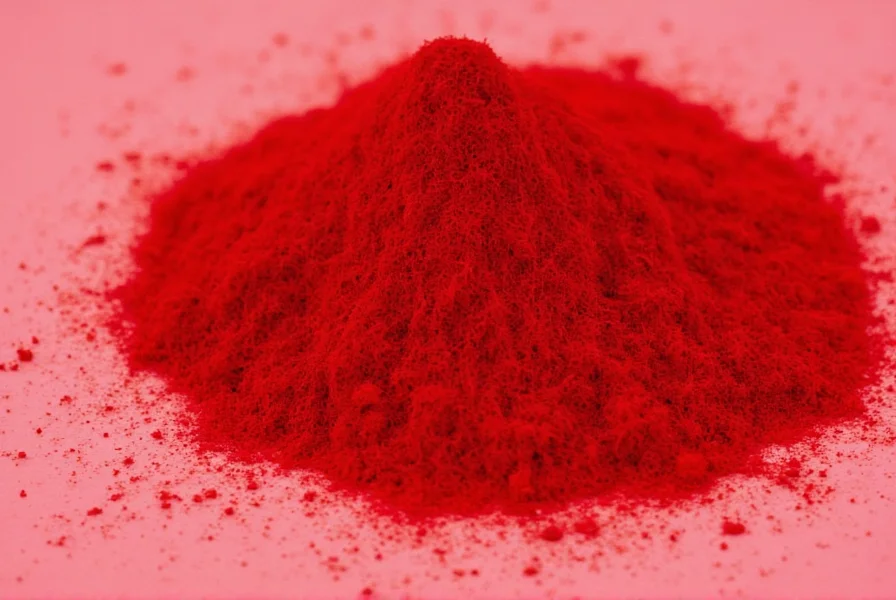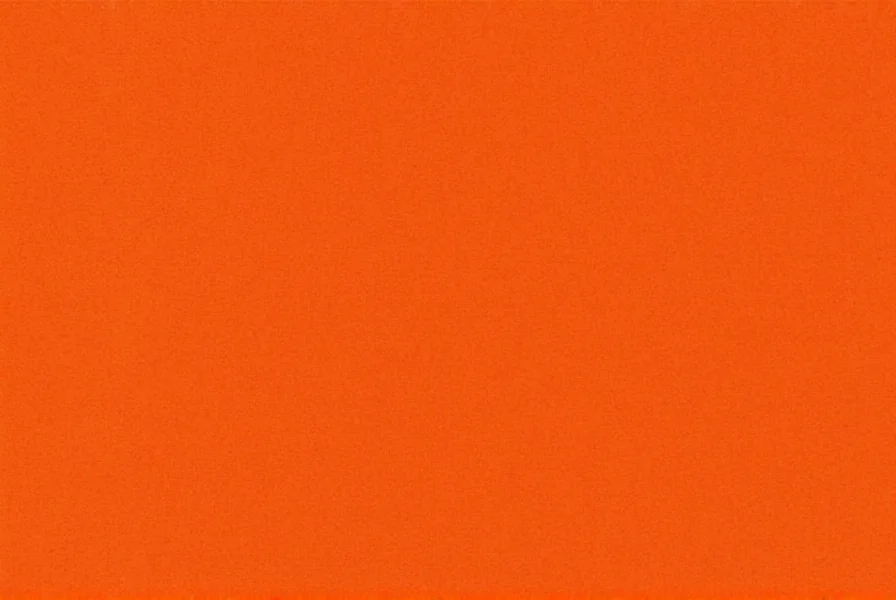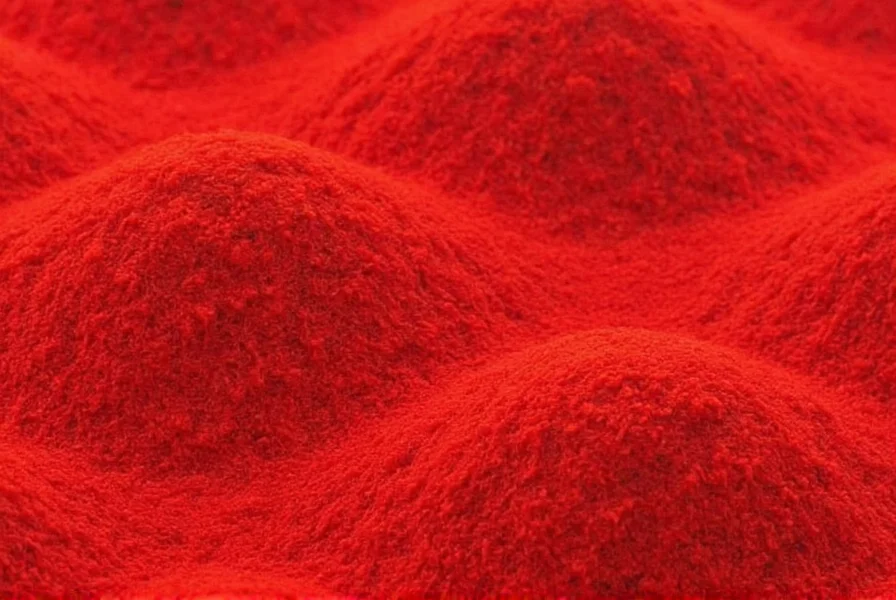Saffron color represents one of the most distinctive and culturally significant hues in the visible spectrum. Unlike standard orange or yellow shades, authentic saffron contains a unique balance of golden warmth with subtle earthy undertones derived from its namesake spice. This distinctive color occupies a specific position in color theory, creating visual impact while maintaining approachability.
The precise definition of saffron color varies across different color systems and cultural contexts. In digital design, the most widely accepted saffron color hex code is #F4C430, though variations exist depending on the medium and application. Understanding these variations helps designers, artists, and cultural scholars accurately implement and interpret this meaningful color.
| Color System | Value | Visual Representation |
|---|---|---|
| Hex Code | #F4C430 | |
| RGB | 244, 196, 48 | |
| CMYK | 0%, 20%, 80%, 4% | |
| HSL | 45°, 91%, 57% |
Historical Origins of Saffron Color
The term "saffron" originates from the Arabic word "za'faran," referring to the precious spice harvested from Crocus sativus flowers. Ancient civilizations including the Egyptians, Greeks, and Indians used saffron threads for dyeing textiles as early as 1600 BCE. Historical saffron color varied based on processing methods, with higher quality saffron producing more vibrant, colorfast results.
Unlike modern standardized color systems, traditional saffron dye production created a range of orange-yellow hues depending on:
- Geographic origin of the crocus flowers
- Harvesting and drying techniques
- Mordants used in the dyeing process
- Number of dyeing sessions applied to fabric
Distinguishing Saffron from Similar Colors
Many people confuse saffron color with standard orange, gold, or yellow shades. The key differentiators of authentic saffron color include:
- Undertones: Saffron contains subtle earthy brown undertones absent in pure orange
- Brightness level: Less intense than safety orange but warmer than mustard yellow
- Color temperature: Warmer than golden yellow but cooler than burnt orange
- Cultural associations: Specific religious and ceremonial meanings not attached to generic orange
When selecting saffron color hex codes for digital projects, designers should avoid values that lean too heavily toward red (which creates orange) or green (which creates yellow). The ideal saffron color maintains balance between these extremes.

Cultural Significance Across Civilizations
Saffron color carries profound meaning across multiple cultures, often representing:
- Hinduism: Symbolizes purity, sacrifice, and the quest for enlightenment; traditionally worn by ascetics
- Buddhism: Represents humility and renunciation; the color of monastic robes in many traditions
- Iranian culture: Appears in ancient Persian art and textiles as a symbol of sacred light
- Western heraldry: Denotes glory and faith in medieval coat of arms designs
The psychological impact of saffron color combines the energy of orange with the optimism of yellow. Studies on saffron color psychology suggest it stimulates mental activity while creating feelings of warmth and comfort—making it particularly effective in spaces designed for creative work or spiritual practice.
Modern Applications in Design and Fashion
Contemporary designers leverage saffron color for its versatility across industries. In fashion, saffron color trends have cycled through popularity, recently experiencing resurgence in sustainable fashion collections. Interior designers use saffron as an accent color to create inviting spaces without overwhelming brightness.
When implementing saffron color in digital design, consider these best practices:
- Use #F4C430 as the primary saffron color hex code for consistency
- Pair with deep indigo or navy for high contrast and visual interest
- Combine with earth tones like terracotta for natural, grounded palettes
- Avoid pairing with pure yellow, which can create visual tension
- Use sparingly as an accent color to maximize impact

Saffron Color in Branding Strategy
Brands seeking to convey warmth, creativity, and cultural awareness often incorporate saffron into their visual identity. The meaning of saffron color in design communicates approachability while standing out from competitors using standard orange or yellow.
Successful branding applications include:
- Food and beverage companies emphasizing natural ingredients
- Wellness brands communicating energy and positivity
- Cultural institutions highlighting heritage and tradition
- Creative agencies showcasing innovative thinking
When developing color palettes featuring saffron, designers should test how the color appears across different devices and lighting conditions, as screen calibration significantly affects how viewers perceive this nuanced hue.
Creating Authentic Saffron Color
Whether working with digital media or physical materials, achieving authentic saffron color requires attention to detail. For digital projects, the saffron color hex code #F4C430 provides the most accurate representation. Print designers should specify Pantone 124 C or 7548 C depending on the desired warmth.
Artists working with traditional media can create saffron color by mixing:
- Yellow ochre with a small amount of cadmium red
- Cadmium yellow light with touches of burnt sienna
- Golden yellow watercolor with a hint of raw umber
Understanding the science behind saffron color variations helps professionals maintain consistency across different mediums and applications.
Frequently Asked Questions
What is the exact hex code for saffron color?
The most widely accepted saffron color hex code is #F4C430. This specific shade represents the traditional orange-yellow hue derived from saffron spice. Some variations exist depending on the color system and application, but #F4C430 remains the standard reference in digital design.
How does saffron color differ from orange and yellow?
Saffron color occupies a distinct position between orange and yellow on the color spectrum. Unlike pure orange, saffron contains subtle earthy brown undertones. Compared to yellow, saffron has more red content, creating a warmer, richer appearance. The specific balance of these elements gives saffron its unique visual properties and cultural significance.
What does saffron color symbolize in different cultures?
Saffron color carries diverse cultural meanings: in Hinduism, it represents purity and sacrifice; in Buddhism, it symbolizes humility and is used in monastic robes; in Persian culture, it signifies sacred light; and in Western heraldry, it denotes glory and faith. These varied interpretations contribute to saffron's rich symbolic history across civilizations.
How can I use saffron color effectively in design projects?
For effective saffron color usage, use #F4C430 as your base hex code. Pair it with deep indigo or navy for contrast, combine with earth tones for natural palettes, and use it sparingly as an accent color. Test how it appears across different devices, as screen calibration affects this nuanced hue. Avoid pairing with pure yellow, which creates visual tension.
Why is saffron color historically significant?
Saffron color has been historically significant since ancient times due to the rarity and value of the saffron spice from which it gets its name. The labor-intensive harvesting process made saffron-dyed textiles status symbols in ancient civilizations. This historical association with value and rarity continues to influence how we perceive and use saffron color today.











 浙公网安备
33010002000092号
浙公网安备
33010002000092号 浙B2-20120091-4
浙B2-20120091-4